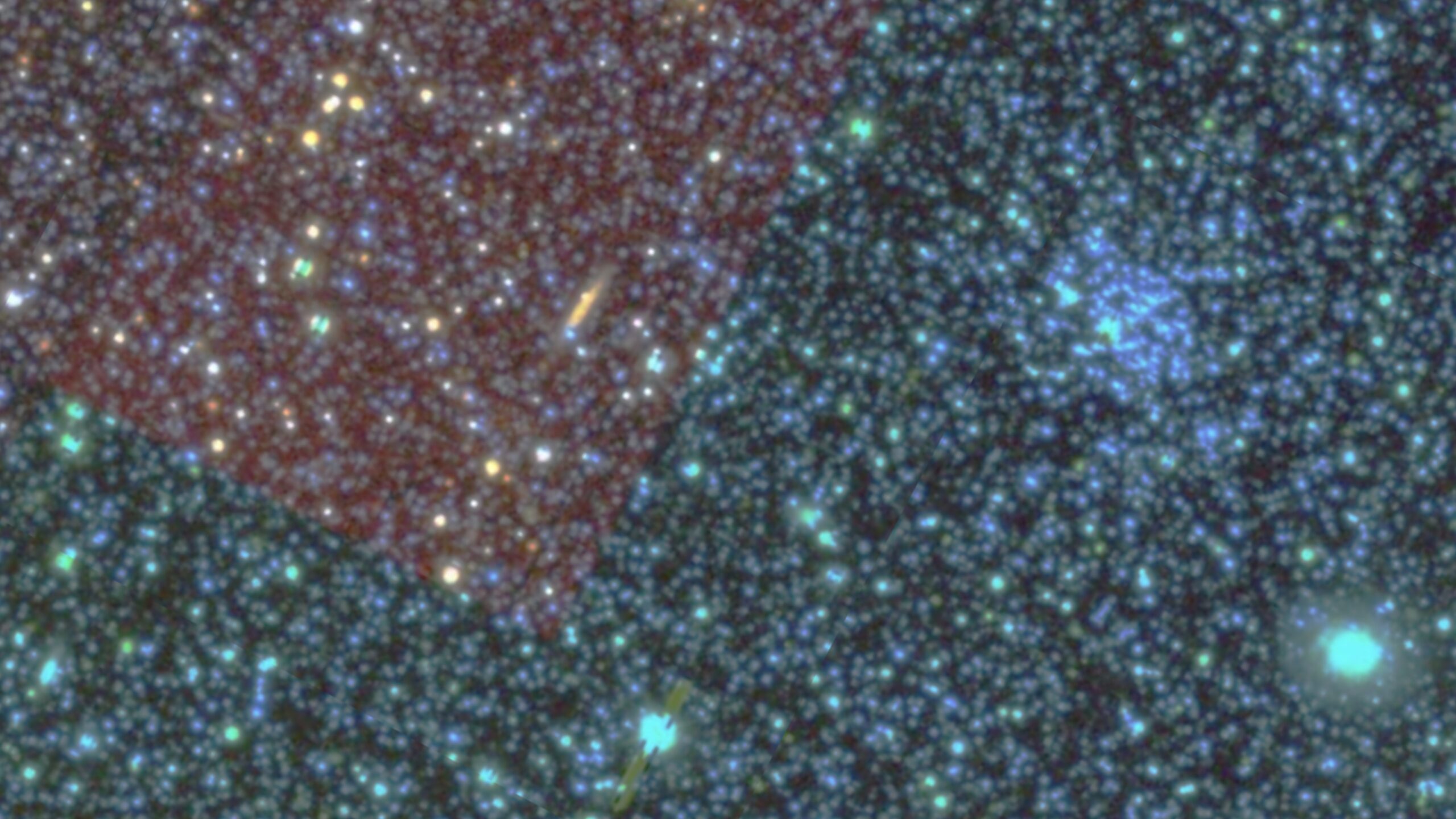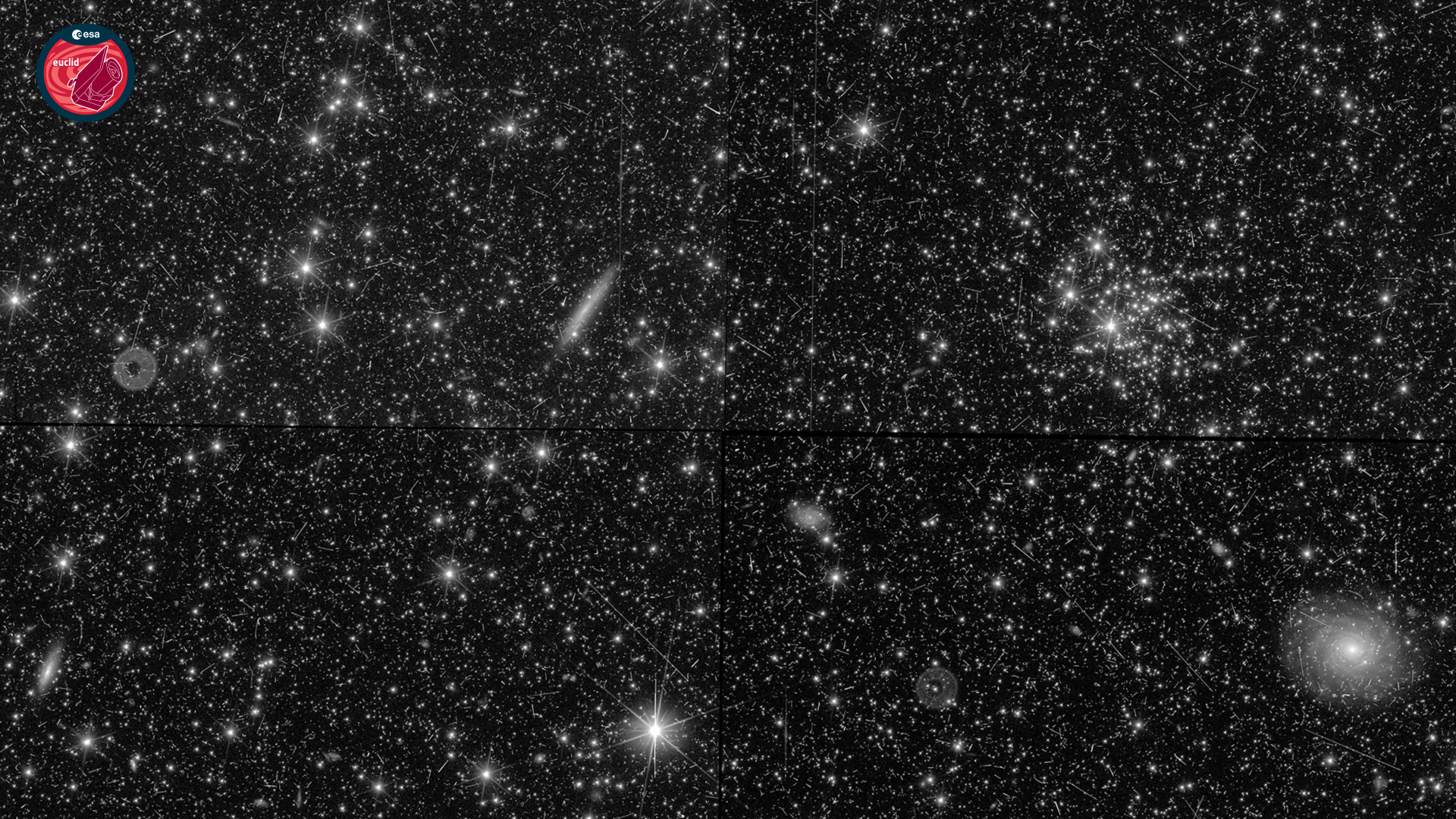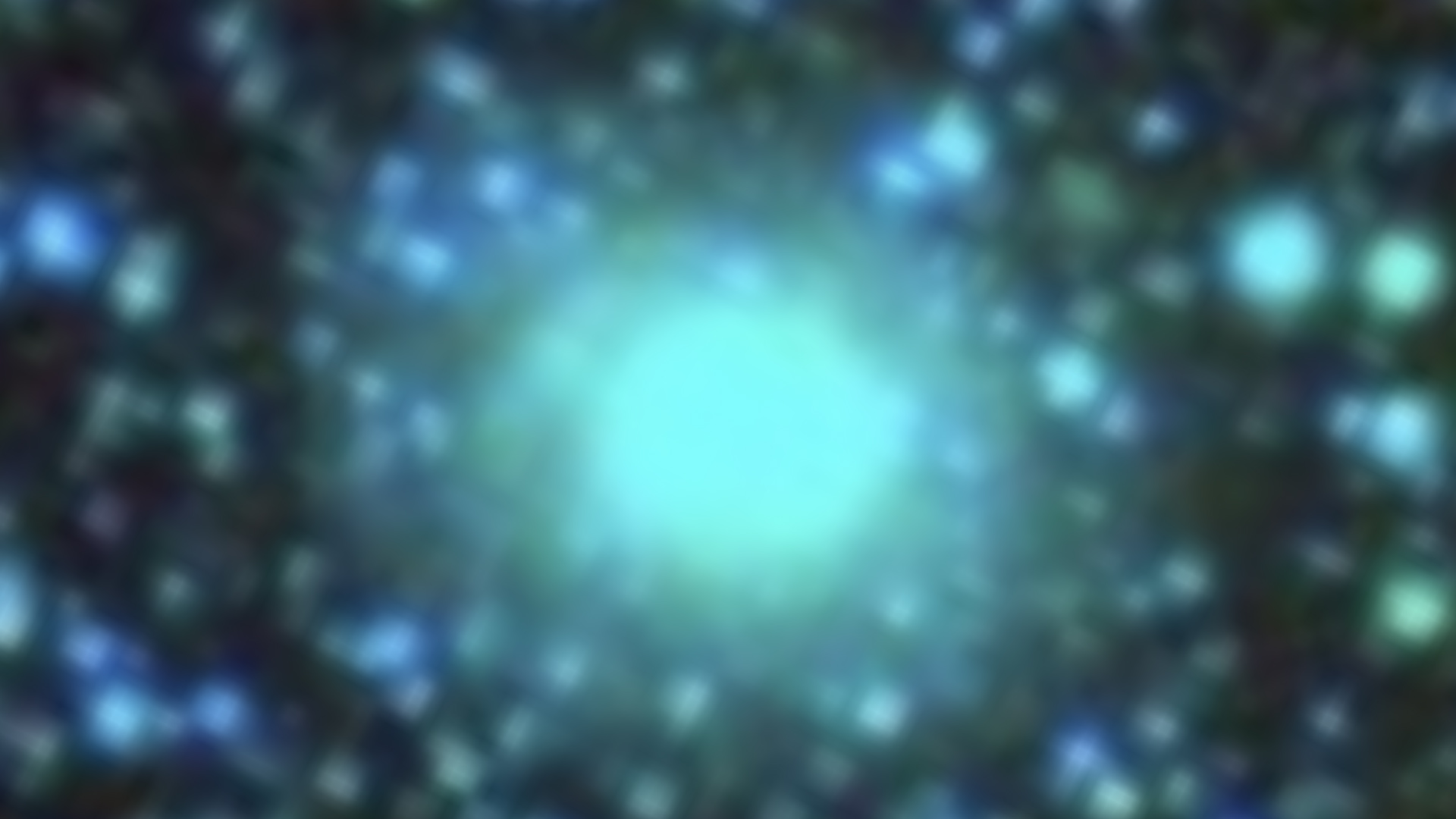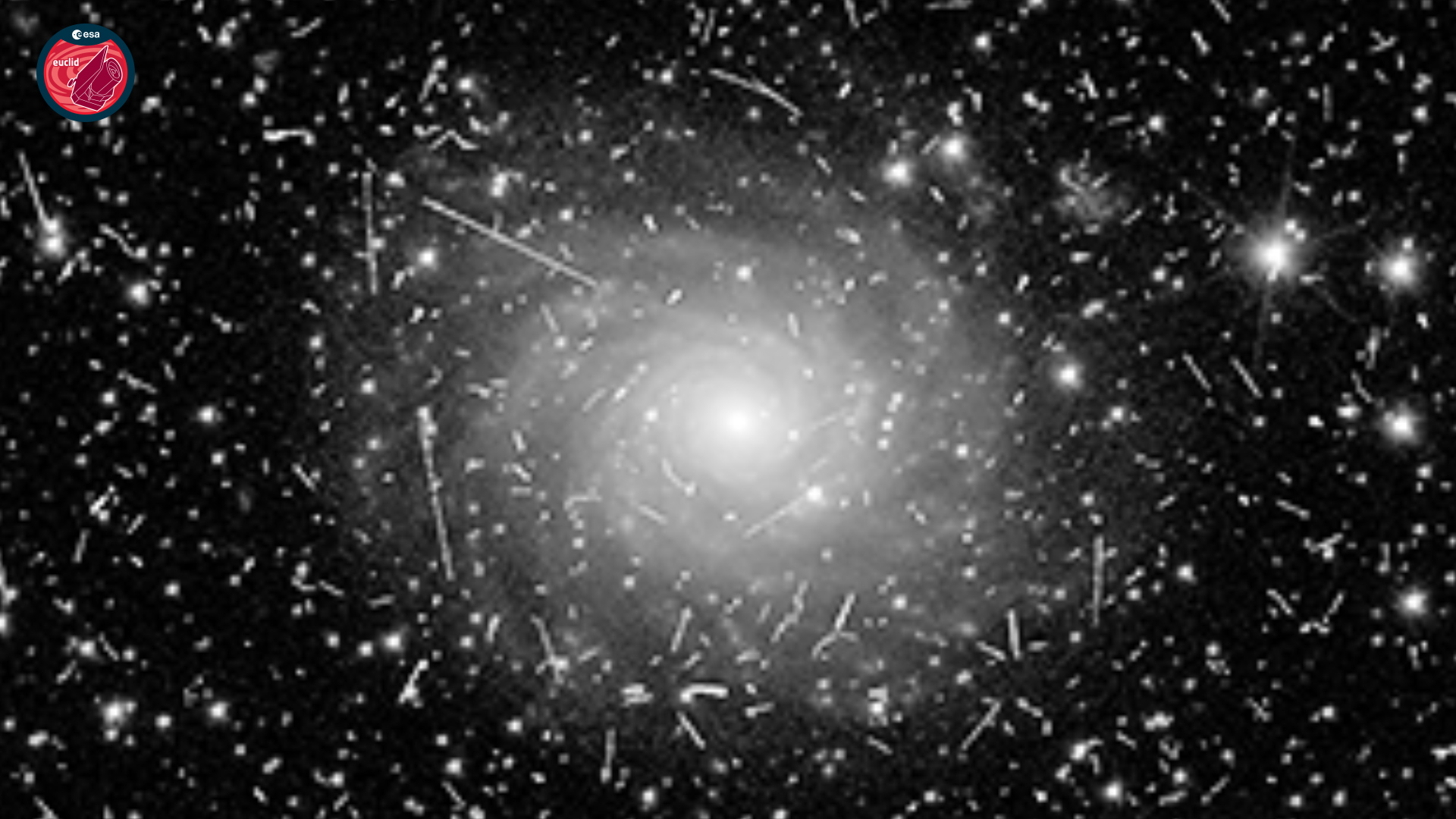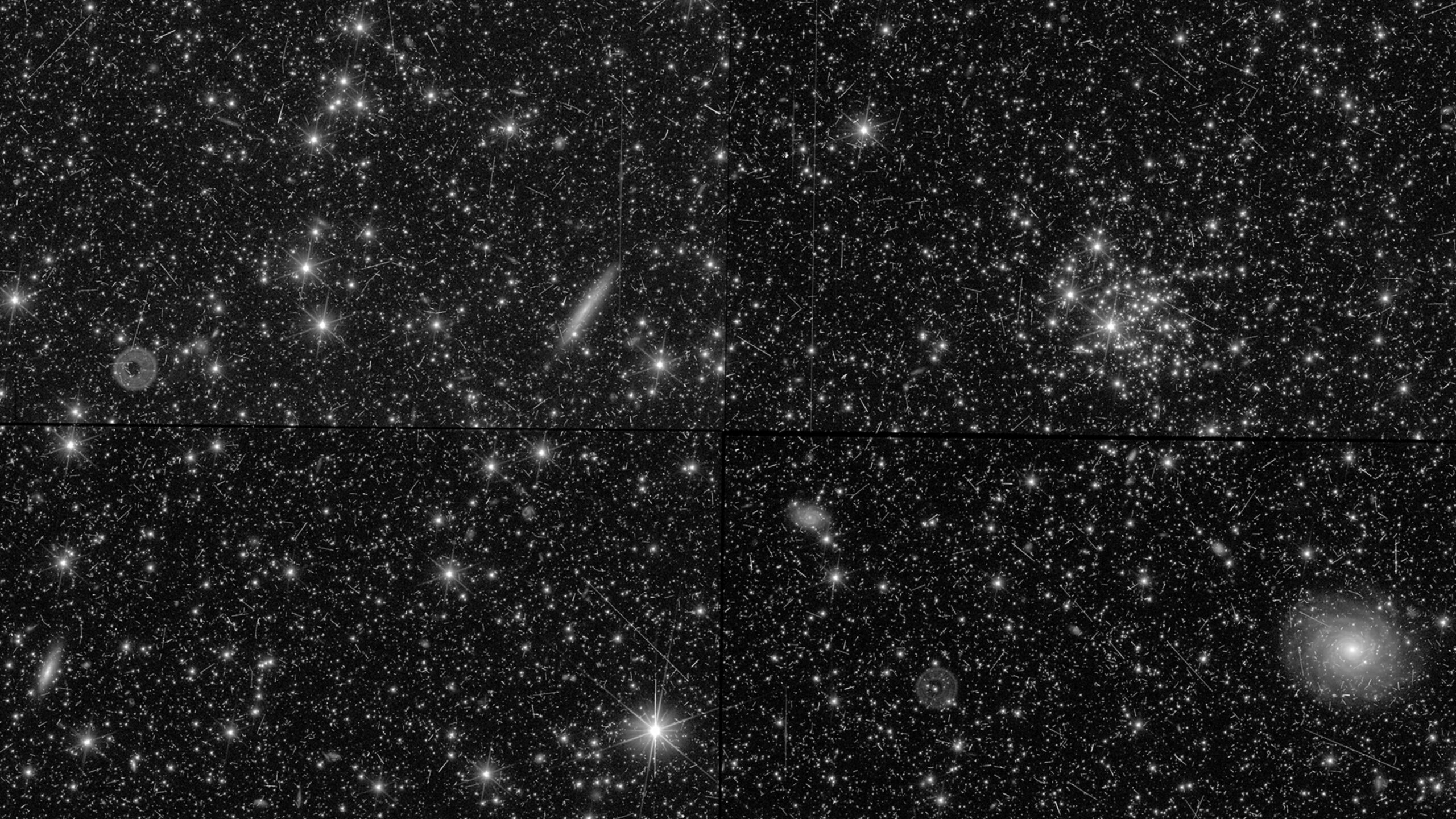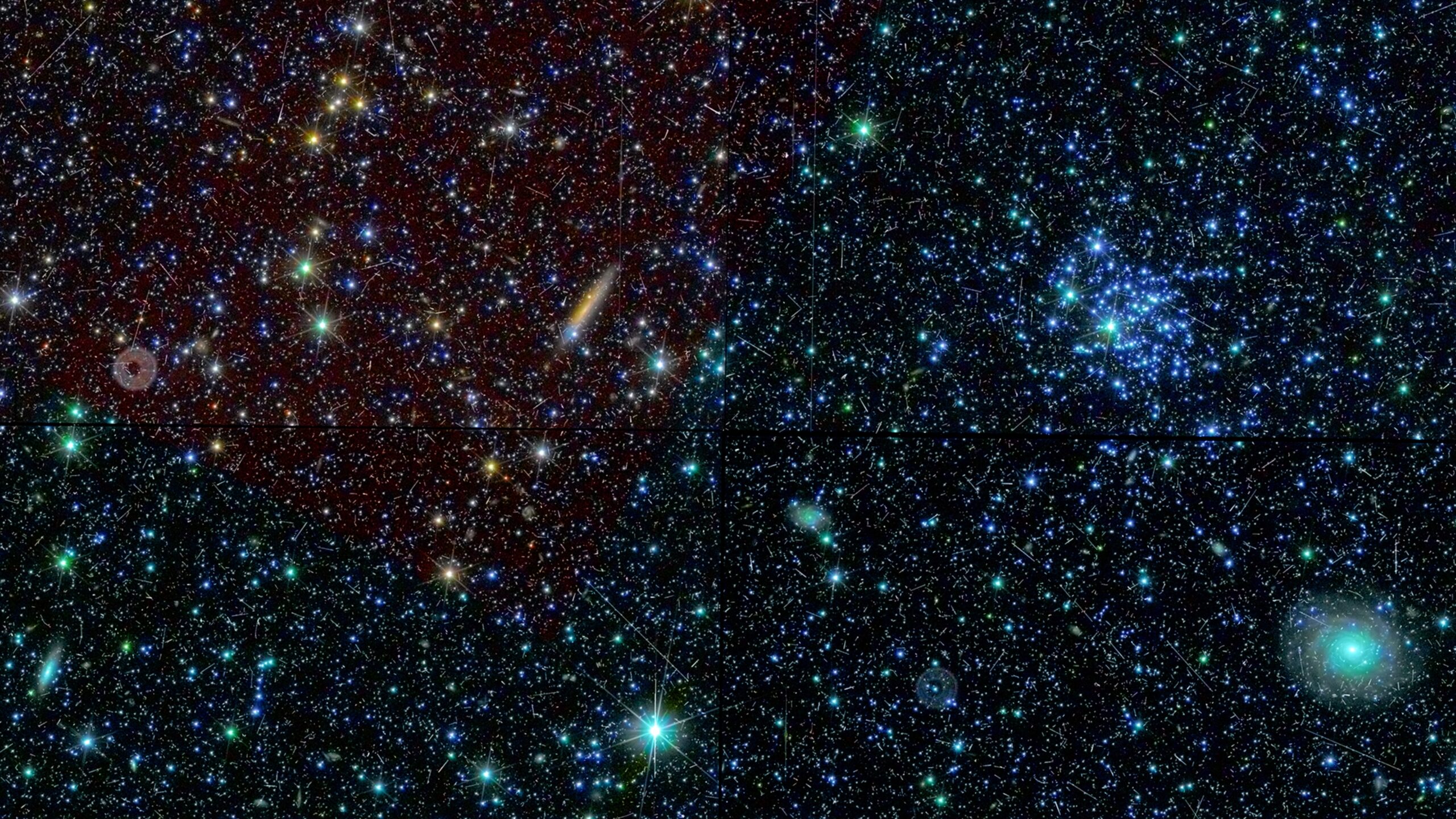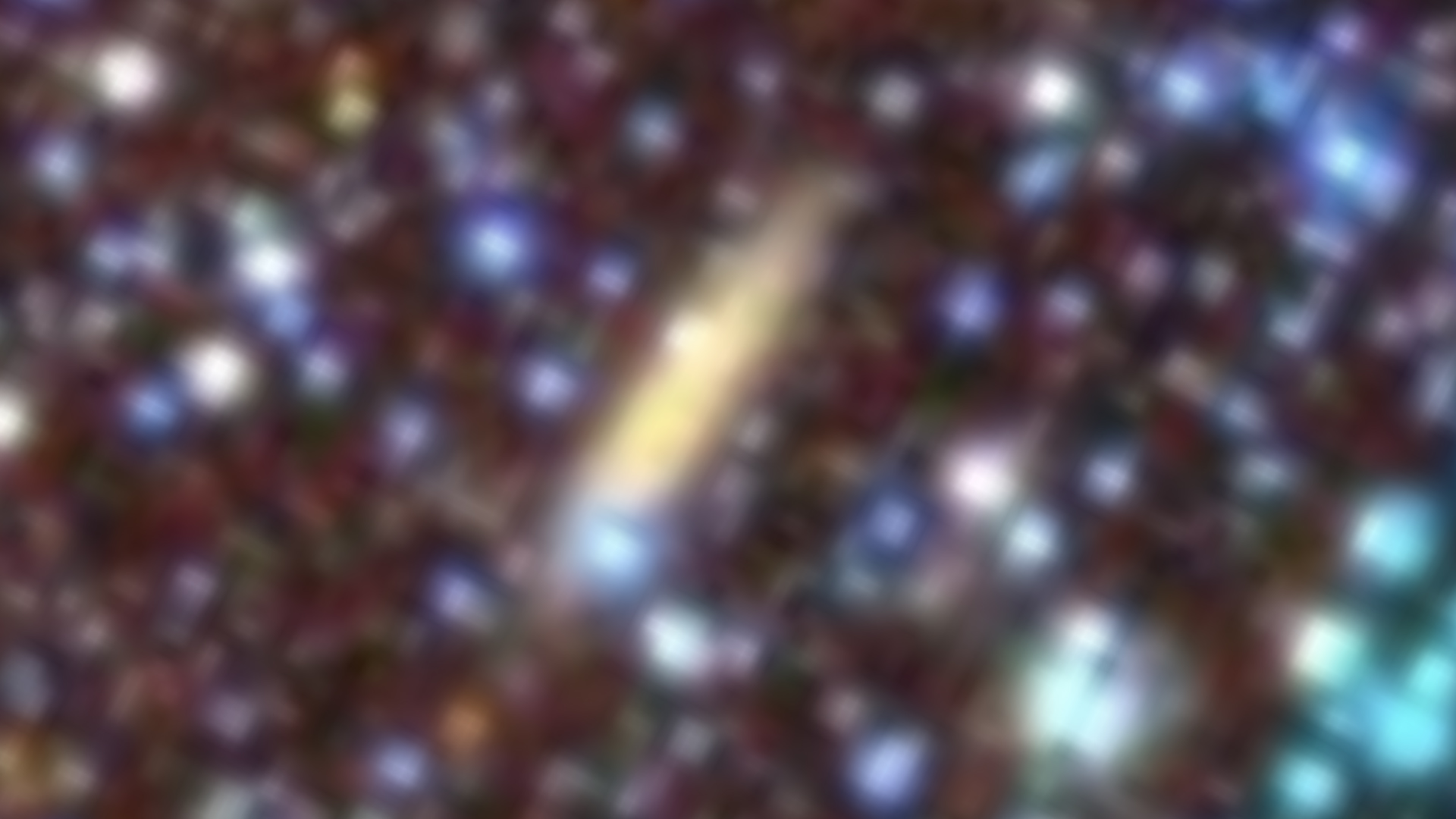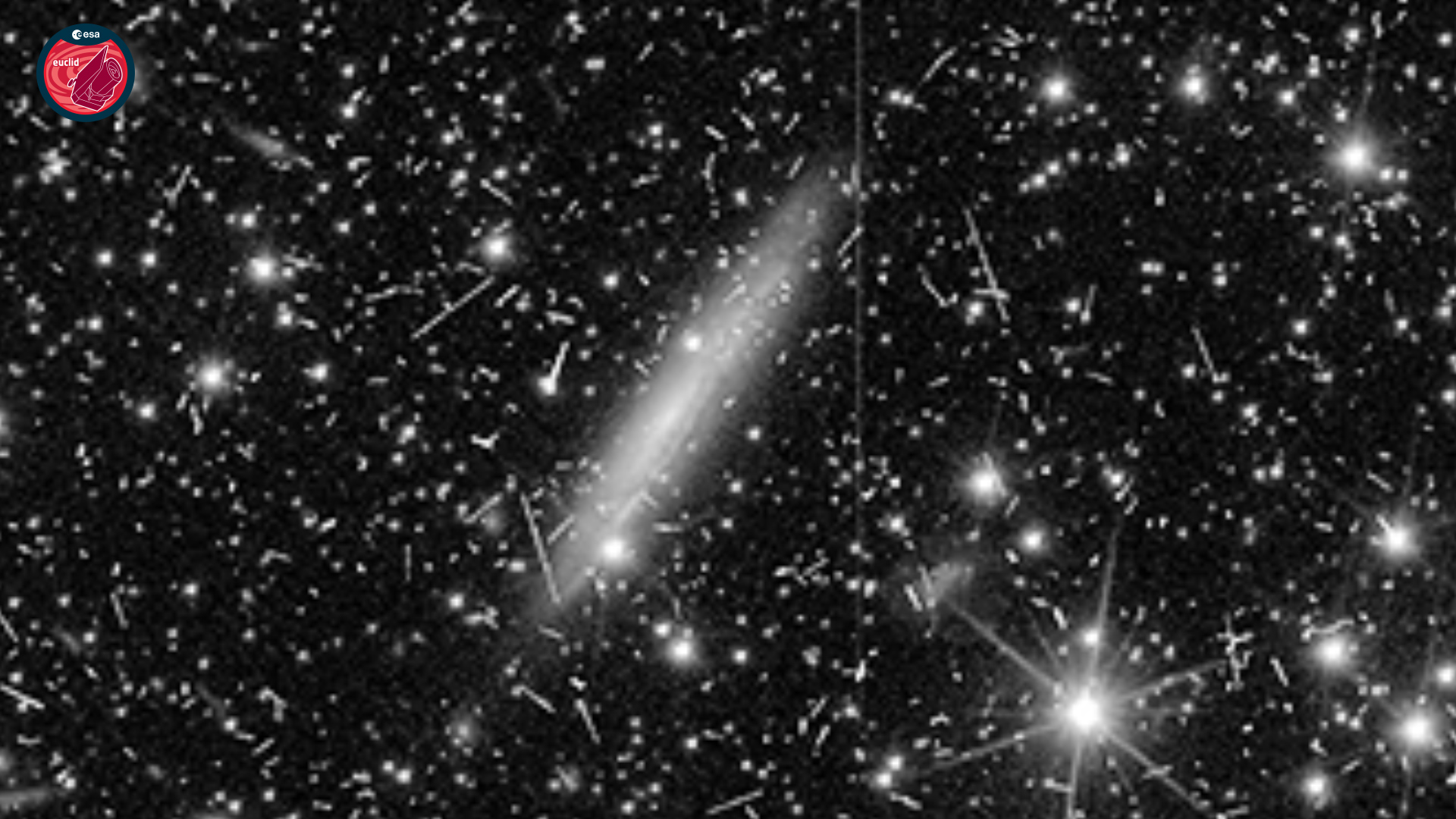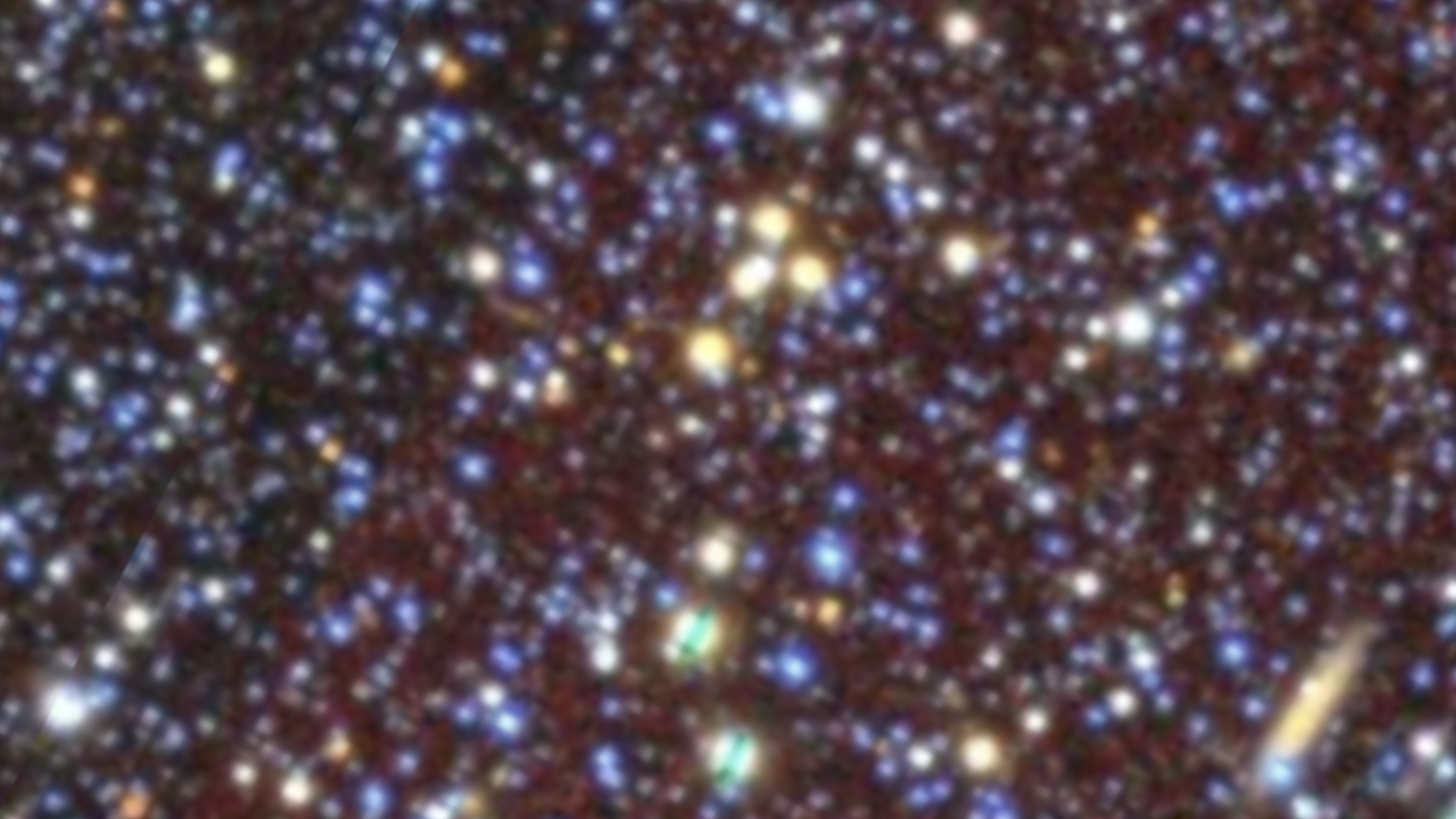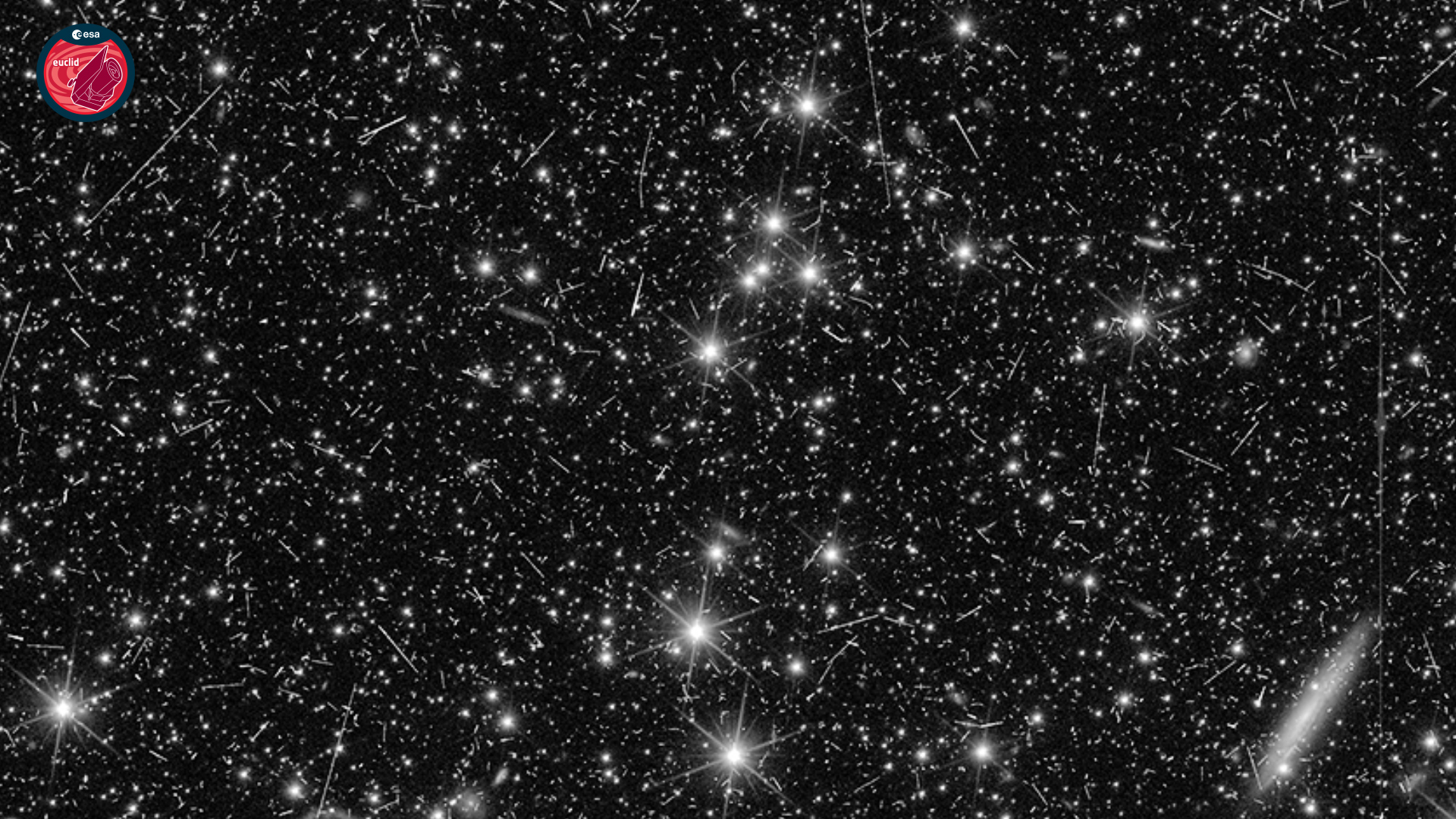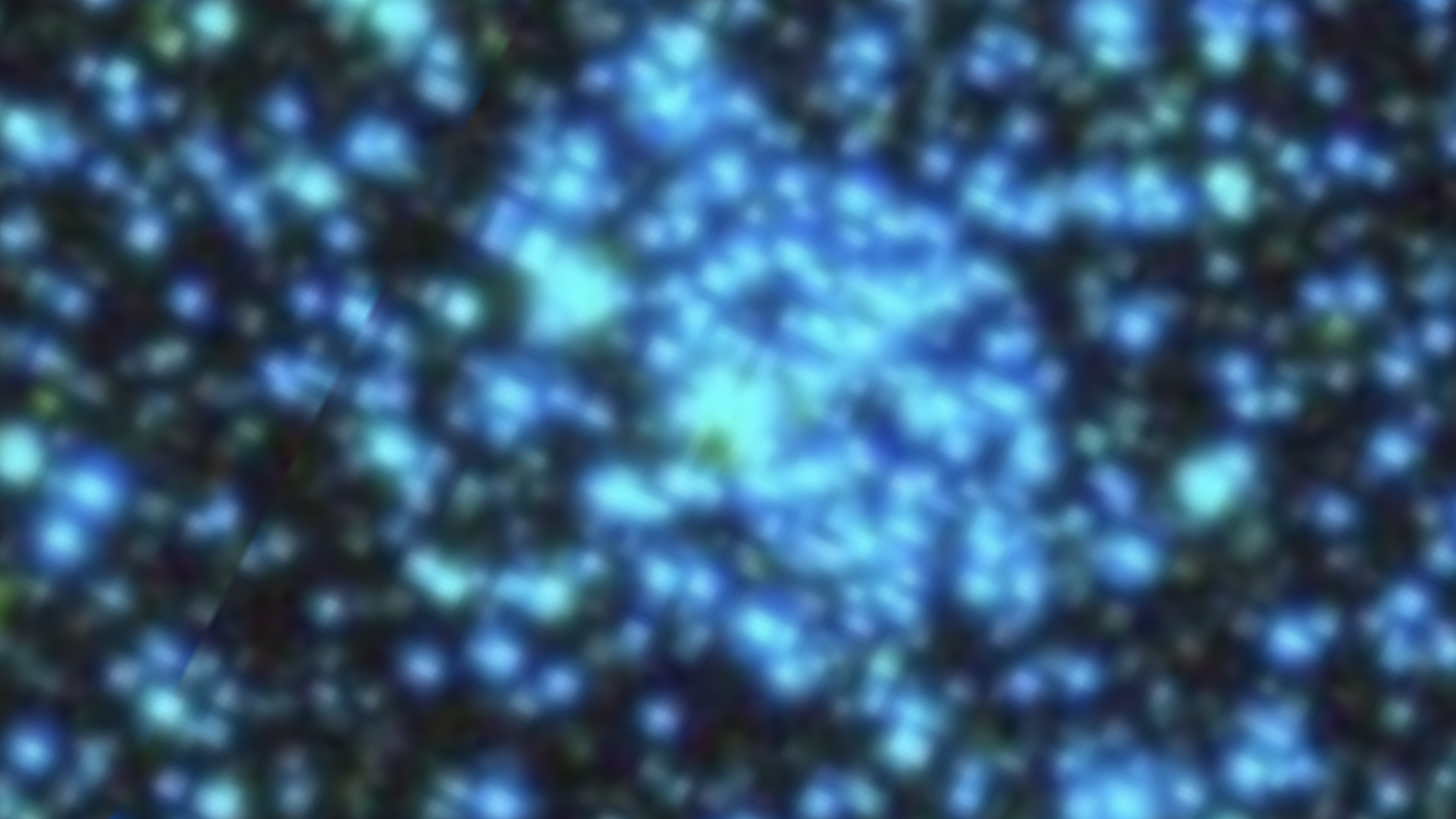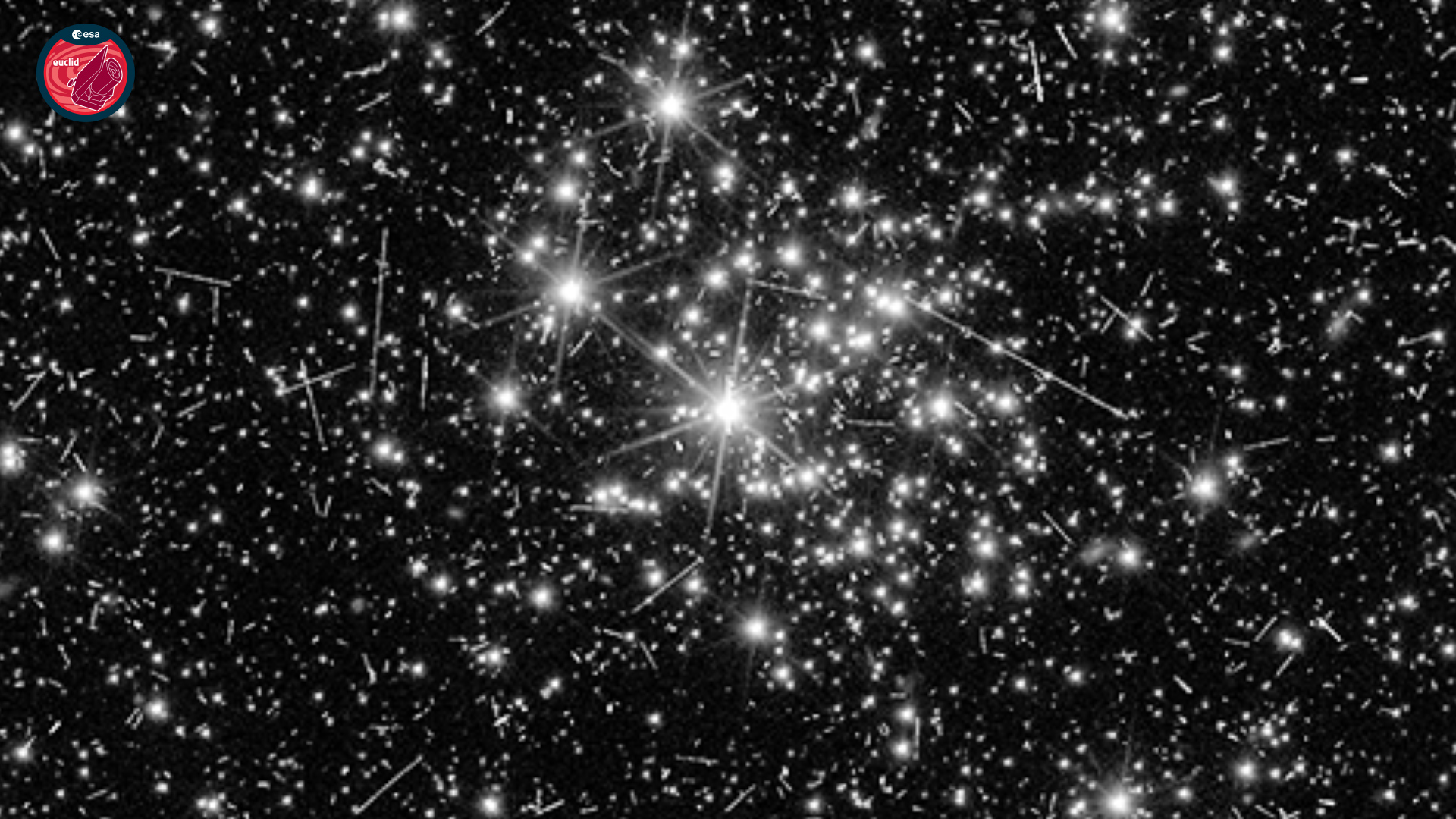A key promise of the Euclid mission is to explore the evolution of the dark Universe. The foundation of this ambitious program is a large optical and near-infrared imaging survey. Euclid’s cosmic map will depict more than one billion galaxies out to 10 billion light-years, making it the biggest and most detailed cosmological data set of our age. How does the quality of the first Euclid images compare to another reference cosmological data set, the Dark Energy Spectroscopic Instrument (DESI) Legacy Imaging Survey?
The DESI Legacy Imaging Survey has been an ambitious 6-years effort involving 1405 observing nights at three telescopes and collecting about 1 petabyte of data. From among the more than 1 billion galaxies in their catalog, DESI scientists will select tens of millions of galaxies for more detailed redshift-fitting analysis with their powerful spectrograph to study the dark Universe. To achieve this goal, the Legacy Surveys conducted three imaging projects on different telescopes: the DECam Lagacy Survey (DECaLS) at the Blanco telescope at Cerro Tololo, the Beijing-Arizona Sky Survey (BASS) at the BOK telecope and the Mayall z-band Legacy Survey (MzLS) at the Mayall telescope, both at Kitt Peak.
These three imaging surveys have produced a catalog from a set of optical data of the extragalactic sky visible from the Northern Hemisphere in three optical bands (g, r, z), complemented also by four infrared bands (W1, W2, W3, W4) after cross-matching their data set with NASA’s Wide-field Infrared Survey Explorer (WISE) data. The resulting Legacy Survey data set is publicly available as a sky map of 10 trillion pixels, being one of the most uniform surveys of the extragalactic sky ever undertaken.
How do these images, taken from ground, compare to Euclid’s first images observed from beyond Earth’s atmosphere?
Slide the separator to interactively compare the images of the same patch of the sky taken by the ground-based DESI Legacy Survey (left) and by Euclid from space (right). Apart from cosmic rays and other contaminations that this Euclid engineering image has not been corrected for, there is a clear improvement in the level of detail in the shapes of individual stars and galaxies, without the blurring caused by Earth’s atmosphere.
While such a rich ground-based galaxy dataset is adequate to carry out various cosmological measurements, it does not provide enough spatial resolution to accurately reconstruct weak gravitational lensing effects to the level Euclid targets. Compared to DESI’s ground-based images, already the first Euclid engineering images highlight the benefits of space-based imaging to access additional information about galaxy shape distortions. These carry precious detail about the intervening dark matter distribution in the Universe, which is primarily responsible for the observable lensing distortions. Such valuable details are otherwise lost in the sea of noise from atmospheric distortion effects, which pose an important systematic limitation for modern ground-based weak lensing surveys, such as the Dark Energy Survey (DES), the Kilo-Degree Survey (KiDS), or the Hyper Suprime-Cam Survey (HSC).
Zooming in: in the case of an individual galaxy, Euclid’s space-based imaging data can provide a lot more detail and precision about the characteristics of the internal structure of the target. Note that this Euclid image is monochromatic as it was taken using the single broad-band filter of the VIS instrument, while the Legacy Survey image adds colour information based on the ground-based exposures taken in different photometric bands.
Thanks to its vantage point outside Earth’s atmosphere, Euclid’s images will be at least four times sharper than those achieved by ground-based sky surveys – such as the DESI Legacy Survey. The telescope and its optics are designed to deliver a large field of view (usually only achievable from ground) and a stable high-resolution image quality (usually only available from space) throughout its very wide survey. In the absence of Earth’s atmosphere and with high-quality optics, the angular resolution of a telescope is determined by the size of its primary mirror. Since Euclid has a 50% smaller primary mirror than the Hubble Space Telescope, it will resolve somewhat fewer fine details about the target galaxies – but they are sufficient. At the same time Euclid’s surveys are gigantic: it will cover every 2-3 day the area on the sky that HST so far has managed to observe over the 30+ years of its operations. Only this combination of resolution and covered area will allow to perform the planned most detailed analyses of dark matter and dark energy to date.
A colourised version of Euclid images, using colour-information from DESI (credit: Yuzheng Kang/Euclid Consortium).
There are, however, mutual benefits when combining data from the Euclid mission with ground-based galaxy surveys. Scientists in the Euclid Consortium have teamed up with colleagues developing other ground-based surveys, and will centrally use those ground-based data to make reliable estimates of galaxy distances from so-called ‘photometric redshifts’. They will also cross-calibrate their data sets in order to even more precisely study possible systematic effects that might mimic cosmological effects. In particular, the area of the Euclid survey has been defined to achieve an as large as possible overlap with the Legacy Survey of Space and Time (LSST) that will be conducted by the Vera C. Rubin Observatory in Chile in the coming decade. From the inclusion of these upcoming data sets into the Euclid cosmological machinery, cosmologists will create an even more detailed multi-colour data set of galaxies, that will ultimately lead to us much better comprehending the dark substances in the cosmos.
Here are some additional zoomed-in regions of the Euclid VIS first light engineering image and comparison to ground-based data for you to explore.
An edge-on galaxy
Stellar association, note the similar colour of the bright stars, suggesting similar temperatures and masses.
Stellar cluster, a dense region of stars, held together by their joint gravitation.
More information about:


